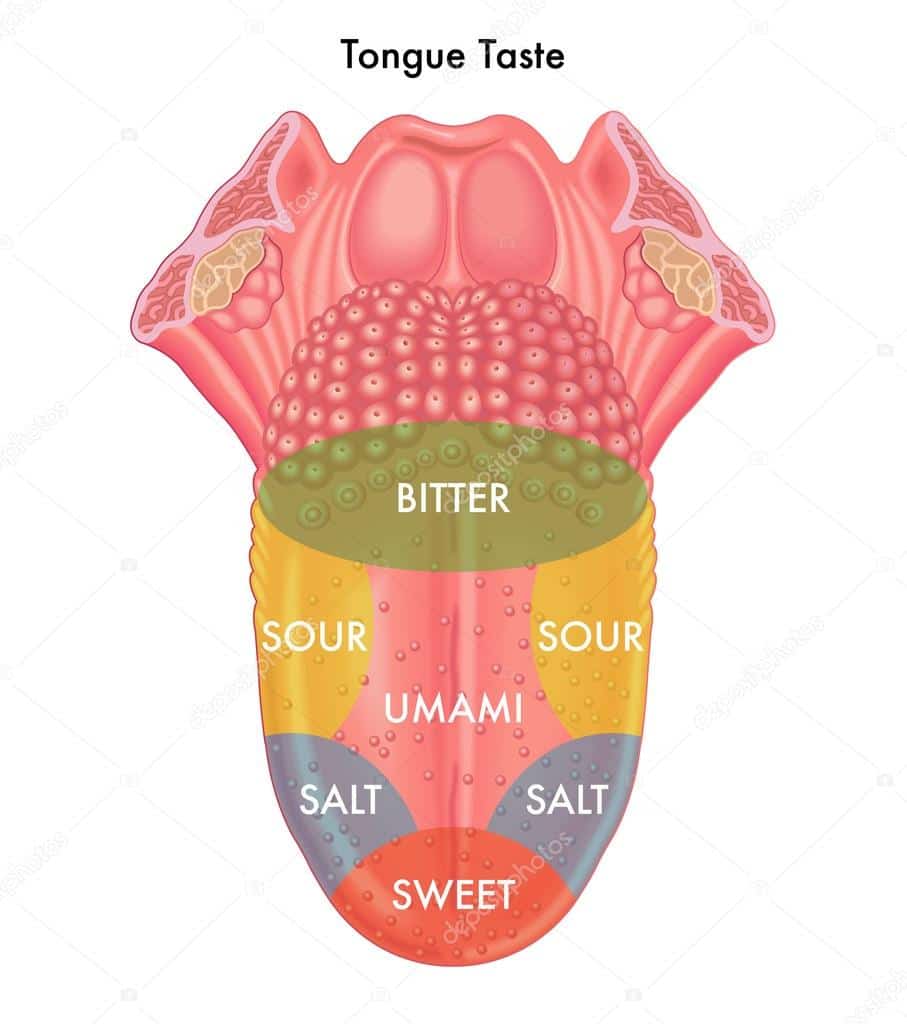Yummy! We all know that food can be extremely pleasurable. In fact, it is becoming increasingly commodified and unfortunately without a priority for nutritional value. When we take the time to be more mindful about what we eat we may feed our bodies.
Mindfulness of Taste Practices
Observing fully our perception in taste is a great mindfulness practice! This practice does involve an emotional component due to the human instincts that may drive us to want to rush or eat faster.
The mind may tell us we are very hungry and it may feel hard to take our time experiencing tastefully. Mindfulness meditation impacts our perception of taste as well as how we eat.
In fact, meditation can even help improve digestion, find out more here. Below are some practices for you to begin exploring!
Presence
Be present with each bite. This may seem like a simple practice, but when we involve our instinct that wants to chew, swallow, and move onto the next bite, we may not be mindful rather full in the mind.
Practice remaining present with each bite and place your silverware down in between bites. With mindful eating, you may even find you don’t like certain foods as much as you thought or you that enjoy others more!
Tongue Map

Recent scientific studies have shown the tongue map is not exactly correct and the tongue can register these types of taste all over even to the back of the throat. Although the flavor of sweet is registered more prominently at the tip of the tongue.
You can still try out this not slightly outdated practice that will still offer you to explore the mindfulness of taste. To this practice place something sweet, salty, bitter, sour, and umami (known as savory) on the different sections labeled on the tongue map above.
You can use sugar, salt, lemon, dark unsweetened chocolate, and dried tomatoes for umami. Another option is to experience each flavor on your tongue and remain objective to the full experience.
Enjoy our related article: 5 exercises to explore the sense of touch!
Texture
Place a small piece of food in your mouth. This can be anywhere from a bite of your lunch, to a blueberry, or even a spoonful of ice cream. Allow it to cover your tongue without chewing or attempting to swallow.
Use your tongue to roll it around in your mouth and over your teeth. Even use your tongue to press it up against the roof of your mouth. Focus on the texture of this food and yet practice leaving it unlabeled.
Do not mentally label it as enjoyable or not. Simply take notice of as many sensations of it as possible. This is similar to exploring mindfulness sense of touch meditation practices which you can find more about here.
Benefits of Mindful Eating
Practicing mindfulness with taste and will begin to affect our relationship and perspective every time we eat if we let it. This can smooth the way for making changes within our diet that may have seemed insurmountable or even overlooked before.
Mindfulness and Chronic Overeating
Overeating and emotional eating are significant problems uprising all over the world. It has become mainstream to snack while participating in mind-numbing activities such as watching Netflix on repeat, scrolling on our phones, or eating our food without fully tasting it.
In America, portion sizes are getting larger and caffeine consumption is as well. When the stomach is filled to its capacity the rest of the body will become more tired due to the energy directed towards digestion.
This means through mindfully paying attention to sensations while eating we may be less likely to overt eat. Thus correlating to less of a need for caffeine in order to combat the decrease in energy levels due to overeating.
Continue Your Mindfulness Practice
You may enjoy our related article: Mindfulness of Sound Practices.




